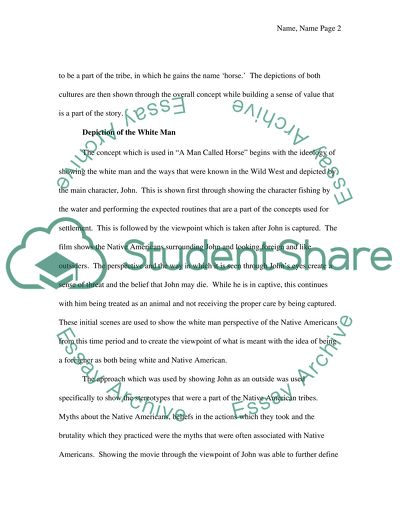Cite this document
(“A Man Called Horse Essay Example | Topics and Well Written Essays - 1500 words”, n.d.)
A Man Called Horse Essay Example | Topics and Well Written Essays - 1500 words. Retrieved from https://studentshare.org/visual-arts-film-studies/1585546-native-americans
A Man Called Horse Essay Example | Topics and Well Written Essays - 1500 words. Retrieved from https://studentshare.org/visual-arts-film-studies/1585546-native-americans
(A Man Called Horse Essay Example | Topics and Well Written Essays - 1500 Words)
A Man Called Horse Essay Example | Topics and Well Written Essays - 1500 Words. https://studentshare.org/visual-arts-film-studies/1585546-native-americans.
A Man Called Horse Essay Example | Topics and Well Written Essays - 1500 Words. https://studentshare.org/visual-arts-film-studies/1585546-native-americans.
“A Man Called Horse Essay Example | Topics and Well Written Essays - 1500 Words”, n.d. https://studentshare.org/visual-arts-film-studies/1585546-native-americans.


